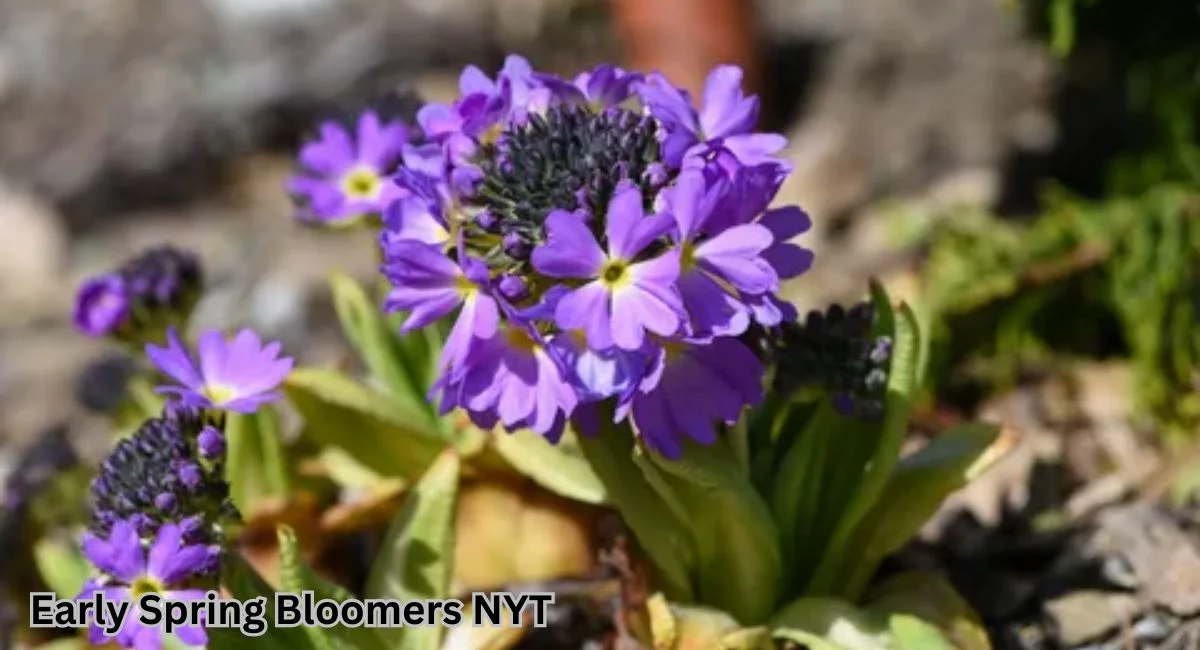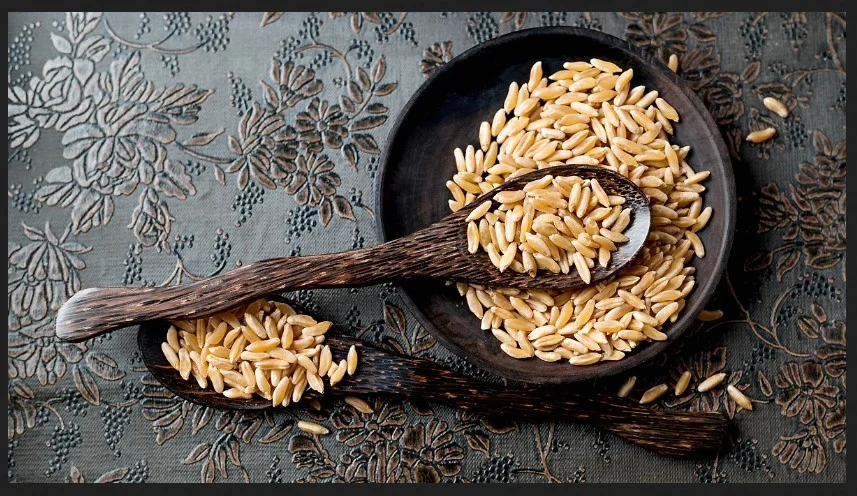The first signs of early spring bloomers nyt bring a sense of renewal and optimism. Early spring bloomers are the heralds of this transformation, signaling the end of winter’s dormancy with their vibrant colors and delicate petals. In this article, we explore the significance of early spring bloomers, highlighting various flowers that make this season special. From planting tips to their role in ecosystems, we delve into the charm and necessity of these early bloomers.
Early Spring Bloomers NYT
Early spring bloomers hold a unique place in horticulture and culture. They are often celebrated for their ability to emerge in harsh conditions, providing a welcome burst of life when most of nature is still in hibernation. Publications like the New York Times have frequently highlighted these resilient plants, underscoring their beauty and the joy they bring to gardens worldwide.
The Charm of Early Bloomers
early spring bloomers nyt enchant gardeners and nature enthusiasts alike. Their arrival marks a transition, filling landscapes with hope and color. These plants not only brighten gardens but also lift spirits, reminding us of nature’s resilience and the promise of warmer days ahead.
Why Early Spring Bloomers Matter
early spring bloomers nyt play a crucial role in the environment and gardening. They provide early nectar sources for pollinators, contribute to soil health, and set the stage for the growing season. Understanding their importance helps gardeners make informed choices that benefit both their gardens and local ecosystems.
Top Early Spring Bloomers
A variety of flowers and shrubs bloom early in the spring, each with unique characteristics and care requirements. Here, we highlight some of the most popular early spring bloomers that you can incorporate into your garden.
Snowdrops: The Heralds of Spring
Snowdrops are often the first flowers to bloom, sometimes peeking through the snow. Their delicate white flowers symbolize purity and renewal. Snowdrops are hardy and easy to grow, making them a favorite among gardeners.
Crocuses: A Burst of Color
Crocuses bring a splash of vibrant colors to the early spring landscape. These small, cup-shaped flowers are available in various hues, including purple, yellow, and white. Crocuses thrive in well-drained soil and full sun.
Daffodils: Sunshine in Bloom
Daffodils, with their bright yellow petals, are synonymous with spring. These cheerful flowers are not only beautiful but also deer-resistant, making them ideal for gardens prone to wildlife visits. Daffodils prefer full sun and well-drained soil.
Hyacinths: Fragrant Beauties
Hyacinths are known for their intoxicating fragrance and dense clusters of flowers. They come in a range of colors, including blue, pink, and white. Hyacinths need well-drained soil and a sunny spot to thrive.
Hellebores: Winter Roses
Hellebores, also known as Christmas or Lenten roses, bloom in late winter to early spring. Their unique flowers come in shades of pink, purple, and white. Hellebores are shade-tolerant and prefer rich, well-drained soil.
Pansies: Cheerful Faces
Pansies are beloved for their colorful, “face-like” flowers. They are versatile and can be planted in beds, borders, and containers. Pansies prefer cool weather and rich, well-drained soil.
Forsythia: Golden Bells
Forsythia shrubs burst into a riot of golden-yellow flowers in early spring. These hardy shrubs are easy to grow and can be used as hedges or focal points in the garden. Forsythia thrives in full sun and well-drained soil.
Magnolias: Majestic Blooms
Magnolias are known for their large, fragrant flowers that appear in early spring. These majestic trees and shrubs are a striking addition to any garden. Magnolias prefer slightly acidic, well-drained soil and full sun.
Cherry Blossoms: A Japanese Tradition
Cherry blossoms are celebrated worldwide, particularly in Japan, for their fleeting beauty. These delicate pink or white flowers create stunning displays in early spring. Cherry trees need full sun and well-drained soil to flourish.
Planting and Caring for Early Spring Bloomers
To enjoy a vibrant spring garden, it’s essential to plant and care for early spring bloomers properly. Here are some tips to ensure your flowers thrive.
Choosing the Right Location
Selecting the right location is crucial for the success of early bloomers. Most of these plants prefer well-drained soil and full sun to partial shade. Ensure the spot you choose meets the specific needs of each plant species.
Soil Preparation
Good soil preparation is key to healthy plants. Loosen the soil and add organic matter, such as compost, to improve drainage and fertility. This creates a conducive environment for root growth and nutrient uptake.
Planting Techniques
Follow proper planting techniques to give your flowers a good start. Plant bulbs at the appropriate depth, usually two to three times their height. For shrubs, dig a hole twice as wide as the root ball and just as deep.
Watering and Feeding
Early spring bloomers need adequate water to establish themselves. Water them regularly, especially during dry spells. Apply a balanced fertilizer in early spring to promote growth and blooming.
Protecting Early Bloomers from Frost
Late frosts can damage early bloomers. Cover plants with frost cloths or mulch to protect them during cold snaps. This extra care ensures they survive and thrive through unexpected weather changes.
Companion Planting with Early Spring Bloomers
Companion planting enhances the beauty and health of your garden. Pair early bloomers with plants that have similar growing requirements but different bloom times to create continuous color and interest.
Designing a Spring Garden
A well-designed spring garden showcases early bloomers effectively. Plan your garden layout to highlight their colors and forms, ensuring they complement each other and the overall garden design.
Incorporating Early Bloomers in Garden Design
Early bloomers can be used in various garden styles, from formal to cottage gardens. Incorporate them into beds, borders, and containers to create diverse and dynamic plantings that captivate the eye.
Seasonal Transitions: What to Plant Next
As early bloomers fade, transition your garden with mid to late spring flowers. Tulips, irises, and peonies are excellent choices to follow early spring bloomers, maintaining a continuous display of color.
The Role of Early Bloomers in Ecosystems
Early bloomers are vital to ecosystems, providing early food sources for pollinators and other wildlife. They contribute to biodiversity and support the overall health of garden environments.
Attracting Pollinators
Many early bloomers are attractive to pollinators like bees and butterflies. Planting these flowers helps support pollinator populations, which are crucial for the health of many ecosystems and food crops.
Conclusion
Early spring bloomers bring life and color to gardens when they are needed most. Understanding their care and significance can enhance your gardening experience, providing beauty and supporting local ecosystems. By incorporating these resilient plants into your garden, you celebrate the renewal of spring and the resilience of nature.
FAQs
What are some early spring bloomers?
Snowdrops, crocuses, daffodils, hyacinths, hellebores, pansies, forsythia, magnolias, and cherry blossoms are popular early spring bloomers.
How do I protect early bloomers from frost?
Cover plants with frost cloths or mulch during cold snaps to protect them from frost damage.
Can I plant early spring bloomers in containers?
Yes, many early bloomers like pansies and crocuses can be successfully grown in containers.
When should I plant early spring bloomers?
Most early spring bloomers are planted in the fall to allow them to establish roots before winter.
How do I prepare the soil for early bloomers?
Loosen the soil and add organic matter such as compost to improve drainage and fertility.
What can I plant after early spring bloomers?
Follow early bloomers with mid to late spring flowers like tulips, irises, and peonies for continuous color.





